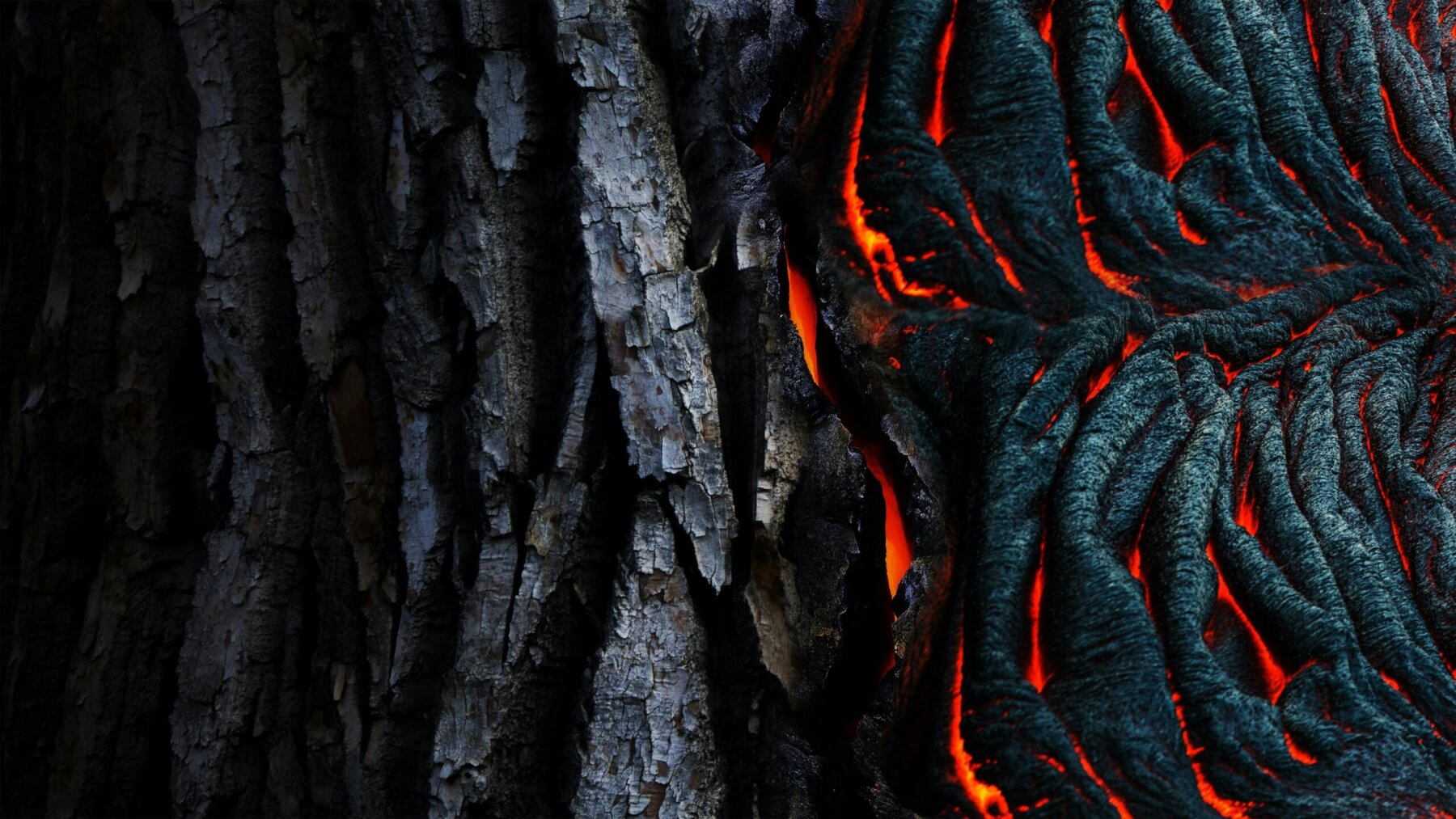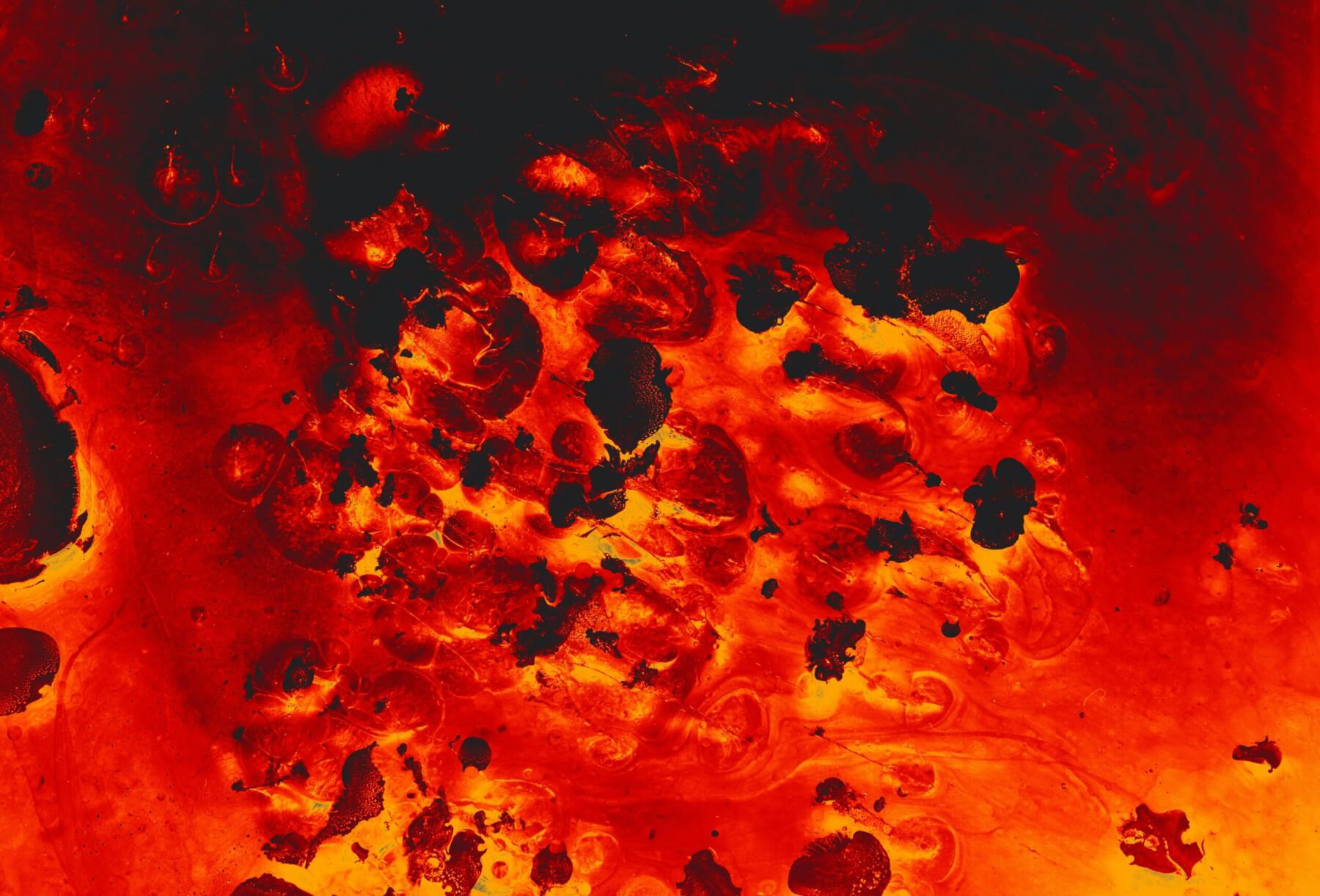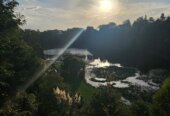There is a lot of misunderstanding around what leads to eruptions, and that is absolutely reasonable considering that it’s a highly complex field requiring different experts who understand the physics, chemistry, and geology.

Photo: Phil Kallahar, pexels.com
Volcanic systems are incredibly complicated and there is a lot we don’t yet understand.
First off, most of a magmatic system is well below the surface of the Earth and we cannot see it. We can use geophysics – the study of the physics and physical properties of the Earth, to estimate aspects of it, like how deep it is. The chemistry of magmatic gases that we can collect at the surface can assist with this, and computer models or simulations also help.
We can look at very old rocks that moved to the surface over many millennia to understand these systems, such as granite, which is magma that never erupted and cooled within the crust. We also look at the rocks that erupt at volcanoes and the crystals they contain.

Janine Krippner
The basic way of simplifying all of this in textbooks is a diagram showing a roundish blob of magma below the surface, leading to the idea that a big hole fills up with magma and once it is pressurised it erupts. This is wrong.
In reality, magma is often stored in multiple pockets or reservoirs at different depths, linked by pathways. None of these are an open gap or hole in the crust (roughly the upper five to 70 km depending on where you are) or the mantle below that, because despite what movies like The Core (2003) will depict, we are talking about enormous pressures down there.
Deeper down, magma moves upwards into these pockets because magma is less dense than the surrounding rock. Think of pouring oil into water – the oil will rise to the surface because it has a lower density.
Magma within these reservoirs (also known as magma chambers), is evolving through time as crystals form within the melt (molten rock), gases are released, and surrounding rock may be melted or chunks are broken off and incorporated into the mix.
The amount of molten stuff within that mix of solid and liquid rock is what we call “eruptible magma”.
This is the stuff that is actually capable of eruption, instead of being solid enough that it can’t really go anywhere. When a large amount of crystals, called a crystal mush, have formed, the magma probably isn’t moving upwards unless something happens, like enough hotter, fluid magma enters from below. The solid crystals and chunks can sort of lock it all into place.
Eruptible magma typically contains less than half of the solid stuff. Even then, it might not erupt. Researchers are still working to understand these processes and our understanding keeps improving. There are more exciting discoveries to be made, and advances in technology give new opportunities to understand our planet in new ways.
The next time you see someone talking about magma chambers below a volcano, remember that it is far more complicated than is usually let on.
There may be magma left over from a past eruption, there may be multiple pockets cooling and evolving, it may just need some fresh, hot magma injected into it to get it moving.

Photo: Turgay Koca, pexels.com








